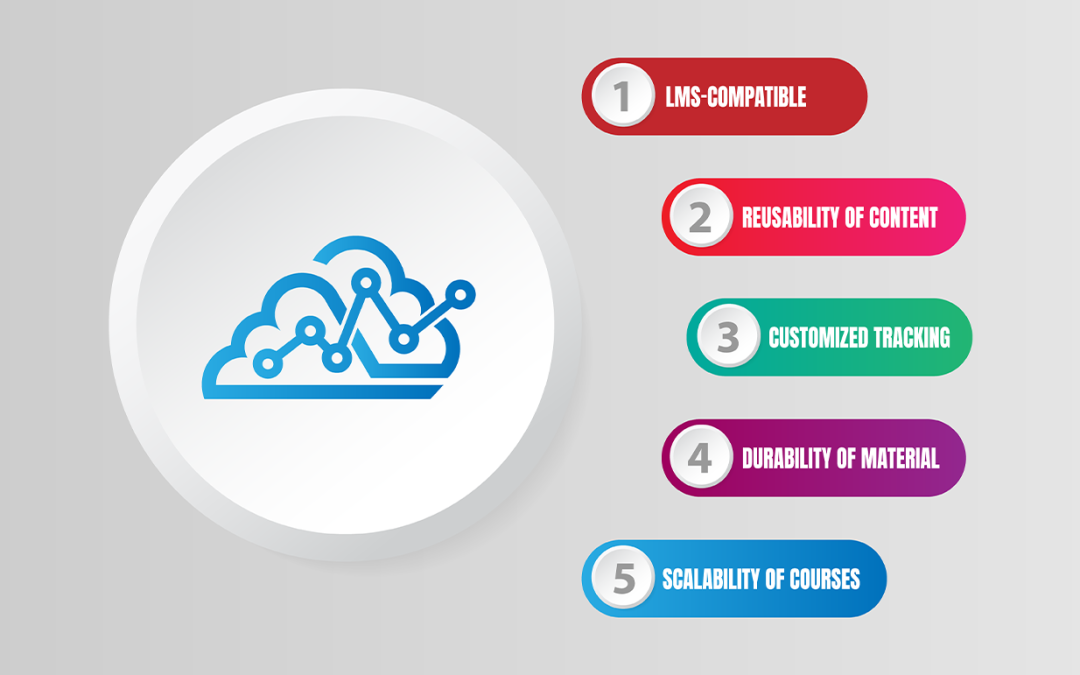SCORM, or Sharable Content Object Reference Model, is a widely adopted set of technical standards and guidelines for creating and delivering e-learning content. SCORM compliance ensures that your e-learning content is compatible with various Learning Management Systems (LMS) and provides a consistent learning experience for your audience. In this article, we’ll explore the importance of SCORM compliance and why your e-learning content needs to adhere to these standards.
1. Seamless Integration with LMS
By ensuring SCORM compliance, your e-learning content becomes easily integratable with different LMS platforms. SCORM specifies a common framework and communication protocol that allows content to be seamlessly delivered, launched, and tracked within an LMS environment. This compatibility ensures that your content can be deployed on various LMS systems without the need for significant modifications or customizations.
2. Interoperability and Reusability
SCORM compliance promotes interoperability and reusability of e-learning content. When your content follows the SCORM standards, it can be easily shared and reused across multiple platforms and systems. This flexibility allows you to leverage existing content in different e-learning initiatives, saving time and effort in content development. Additionally, SCORM compliance enables content exchange between different organizations and institutions, fostering collaboration and knowledge sharing.
3. Standardized Tracking and Reporting
SCORM provides a standardized approach for tracking and reporting learner interactions with the content. Compliance with SCORM standards ensures consistent and reliable data capture, such as completion status, scores, and time spent on learning activities. This tracking capability allows instructors and administrators to monitor learner progress, assess performance, and generate comprehensive reports. It enables data-driven decision-making and helps evaluate the effectiveness of e-learning programs.
4. Enhanced Learner Experience
SCORM compliance contributes to an enhanced learner experience. By adhering to SCORM standards, your content becomes more user-friendly and accessible. Learners can launch courses, navigate through content modules, and interact with multimedia elements in a consistent manner across different LMS platforms. SCORM compliance also supports features like bookmarking, allowing learners to resume their progress from where they left off, regardless of the LMS they are using.
Technical Aspects of SCORM Compliance
To ensure SCORM compliance, your e-learning content needs to adhere to specific technical aspects, including:
- Content Packaging: The content should be properly packaged following the SCORM packaging format, including the required manifest file and structure.
- API Integration: The content should utilize the SCORM API (Application Programming Interface) to establish communication with the LMS. This API enables data exchange and tracking of learner interactions.
- Metadata: Metadata elements, such as title, description, and keywords, should be included to provide essential information about the content.
- Data Model: Your content should follow the SCORM data model (e.g., cmi.interactions and cmi.objectives) to enable tracking and reporting of learner progress and performance.
The Takeaway
SCORM compliance is vital for your e-learning content as it ensures seamless integration with LMS platforms, promotes interoperability and reusability, provides standardized tracking and reporting, and enhances the overall learner experience. By adhering to SCORM standards, you can reach a wider audience, improve the efficiency of content deployment, and streamline the management and evaluation of e-learning programs. Remember to follow the technical aspects of SCORM compliance to maximize the benefits of using this widely adopted standard for your e-learning initiatives.

